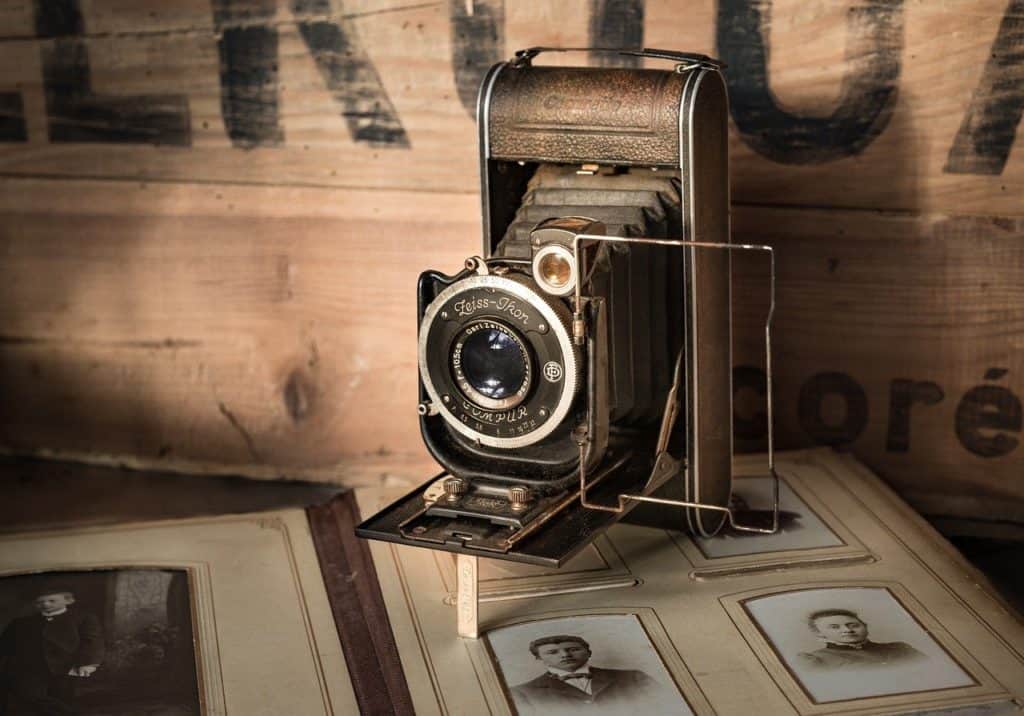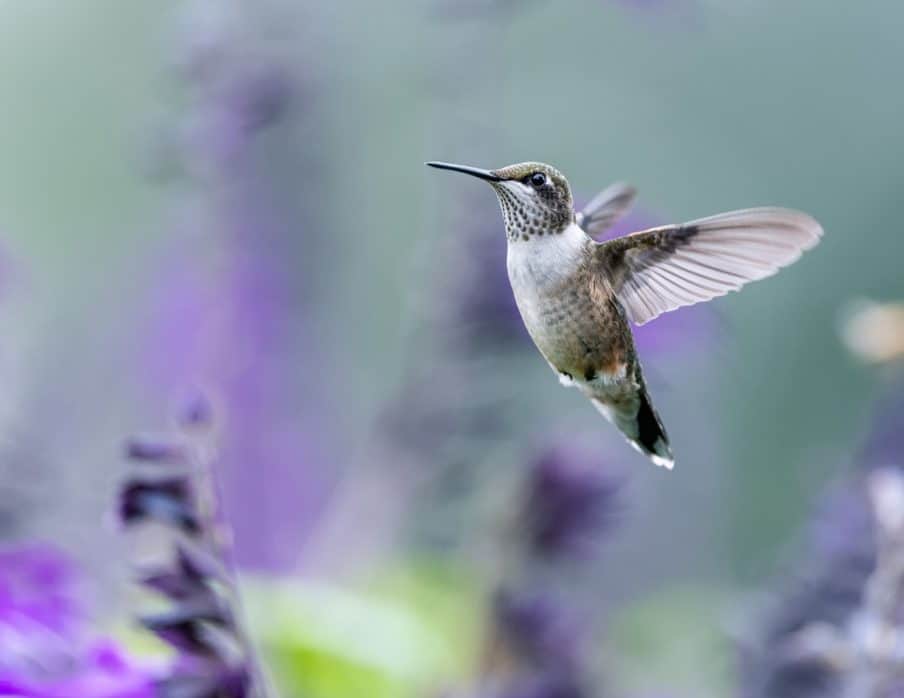
Hummingbirds are incredible birds in general but to see and photograph hummingbirds in Costa Rica should be on any photographers buck list! If you have ever had the pleasure of seeing them in person you will know how impressive they are just by observing them for a few moments.
Did you know that they can flap their wings between 15 and 200 times per second? But they also are very hard to photograph because they are so small and so fast! Because of that, I’ve put together a few tips for you to take with you on your photographic adventure to Costa Rica to photograph these amazing birds.
What Essential Equipment Do I Need to Photography Hummingbirds?
- Flash
- Flash Stand
- Shutter Release
- Long Lens 70 -200 or 100-400
- DSLR
- Tripod
- Lots of Memory Cards
Know Your Hummingbirds
Before you go out to start searching and photographing the beautiful hummingbirds of Costa Rica, I recommend that you do some research first! You should start to get into the habit, especially as a wildlife photographer, to know about the general habitat of hummingbirds for example:
- How do hummingbirds feed?
- What time of the day are they more active?
- What do they eat?
- Do they tend to prefer one type of nectar to another?
Finding Hummingbirds to Photograph
There was a time when photographing hummingbirds was a matter of research and patience. You will have done your research and started to think about scouting the perfect location on where to find and photograph hummingbirds in Costa Rica. That is one aspect about wildlife photography and hummingbird photography inparticular that has changed drastically.
Unlike portrait photography, wildlife or in this case hummingbird photography means used to have to be on the birds schedule and know when and where they would appear.
However in today’s day and age, you are able to to photograph hummingbirds in a more comfortable setting. Hummingbird feeders are commonly used in Costa Rica to bring the action to you so that you can concentrate more on getting the image, then getting to the right place.
The 3 places I mention below will all have hummingbird feeders on the property or area and there you will see hummingbirds coming and going for most if not all day.
So if your new to this type of photography and you want to practice this new skill than this would be the best way to start. And even if your a pro at it, having the hummingbirds come to you as opposed to the other way around can make for a more enjoyable experience.
Set Your Camera to Continuous Auto Focus
Most modern DSLR cameras from manufacturers like, Canon, Fuji , Nikon and Sony all have the ability to have the focus set to continuous focus. This setting allows the camera to constantly be finding a focal point whenever the subject or you move. Turning on this setting on your camera will help keep the hummingbirds in focus when they are zipping through the air.
Key point to success: One of the best ways to get photos of hummingbirds in flight is by putting the humming bird feeder in the lower left (or right) of the the viewfinder and start by setting your focus on it
For example, if you are photographing hummingbirds on the right side of a feeder then put that feeder in the very edge of the lower left hand side of the viewfinder. This will leave space to photograph the hummingbird without a large portion of the photo showing feeder.
Make sure that your camera is using the continuous autofocus setting. Doing this will help keep them in focus even if their distance from the feeder changes.
Check Your Other Camera Settings

I definitely want to emphasis this point because hummingbirds are SO fast, you don’t want to miss the opportunity to get a clean crisp image and when you are able to capture them, you want them to be completely in view and not have part in the frame and the other outside.
You would and will be amazed at how you will think that you press the shutter button at just the right time but when you go to look at the photo, there will be nothing there!
Here are some suggested settings to get you started. You may have to adjust them depending on where and when you are shooting.
If you want that “freeze” action shot of the hummingbird’s body but keep that sense of motion in the wings, you will need to be (on a sunny day) shooting around 1/250th of a second at a minimum.
In aperture priority mode, I would start a F8 which will still allow you to have the entire bird in focus even it if there is a lot of movement in the image yet still keep the background out of focus.
If you find that the background is not blurred out enough then just stop down to F5.6 or choose a background that is farther away from the hummingbirds you are photographing
Try under exposing your shot. This may sound like a strange tip but this way you can avoid or at least minimize having any hot spots in your image and if you are shooting in RAW ( highly recommended) it is easily corrected in post-production.
Use a higher ISO, something between 800 and 1600 ISO that should be perfect for the forests of Costa Rica. With the cameras today, you will not see much noise in your photos and makes getting that take home image much easier to get.
You should use e an external flash and set it to 1/16th of a second– this way you would really be able to “freeze” the bird’s body but still have the wings in motion.
If you don’t want to pay the extra money for the bells and whistles that come with the external flash made your particular camera model, you can look at manual flashes like a Yongnuo which can be found on Amazon.
A Tripod is Essential
As bulky as tripods can be, you will not have any success photographing hummingbirds if you don’t bring one. Much like our tip to shoot at a faster shutter speeds, bringing a tripod with you will make getting clean, crisp images much easier.
For me, one that is good combination of price and quality are tripods from MeFoto.
Shoot A Lot!
I suggest this because if you are only making one trip in your lifetime, which we don’t suggest (you need to visit more than once), to Costa Rica then you will want to capture ALL of the photos, so you don’t feel like you’ve missed anything when you’ve returned home from your photographic journey.
It is easy to shoot lots of photos when you are capturing hummingbirds. You never know what the hummingbird is going to do, and you do not want to miss any of the action. Once, I was shooting dolphins, which don’t move nearly as quick as hummingbirds and shot more than 400 images in 15 minutes!
It is not hard to do but you will also want to make sure you have the memory cards that large enough and fast enough and bring lots of extras, so you don’t run out of room in your camera’s memory!
If you are short on storage, you might want to consider shooting in JPEG rather than in a RAW format. RAW images take of A LOT of room and if you did not stock up on extra camera cards before leaving this is a good alternate option to give you more storage capabilities when you are out in the field. You don’t want to compromise too much on the quality of your images, however, you also don’t want to run out of room.
What are the Best Places to Photograph Hummingbirds in Costa Rica?
There are quite a few places to photograph hummingbirds in Costa Rica but these are my top 3 places
Monteverde
The most popular rainforest in Costa Rica and for good reason. Its has plenty to see aside from hummingbirds, like the resplendent Quetzal. Its is very tourist friendly and has plenty of places that have hummingbird feeders set up so you don’t have to hike around looking for hummingbirds, unless you want to.
Peace Lodge and Waterfall Gardens
Peace Lodge is only about an hour outside of the capitol, San Jose, but it will feel like much more. Since its a hotel and if you decide to stay there you will have plenty of opportunities to photograph hummingbirds but also some incredible waterfalls. You can also go there just for the day but if its in the budget, its well worth the money!
Rancho Naturalista
Rancho Naturalista is one of best birding places in Costa Rica and in addition too its many different types of hummingbirds it has over 430 species of birds have been recorded in the area. You can hike and bird the trails on your own or you can hire a guide.
Final Thoughts
As I mentioned earlier, hummingbird photography is not easy but it is fun! It takes a lot of self-control on your part in a field of photography that is affected by uncontrollable situations. Everything is always in motion. But that is part of the beauty when you are photographing nature and wildlife.
You are being able to watch the world in motion right in front of your camera lens. Costa Rica is also one of the most ideal locations to capture the beauty and raw power of nature at its finest in the world.
If you heed these tips and tricks, you won’t be disappointed with the photos you capture of Costa Rica’s hummingbirds and the other beautiful parts of nature and wildlife that this country has to offer.

